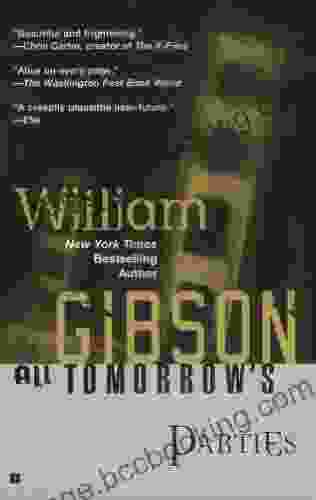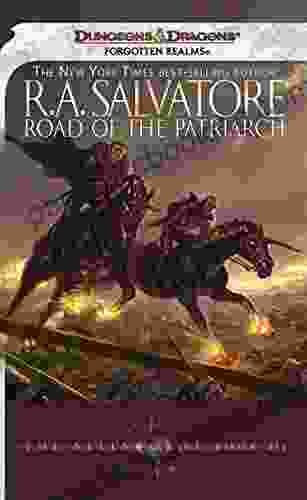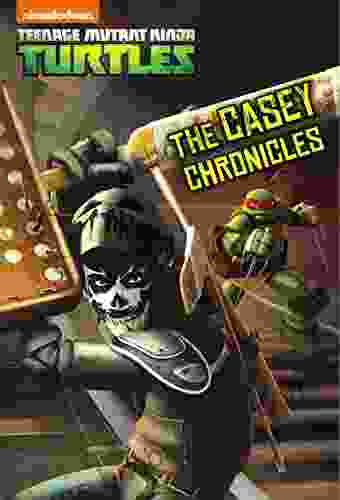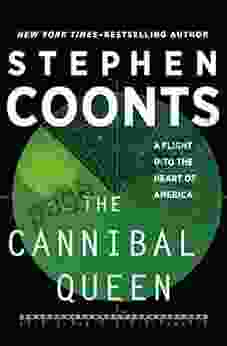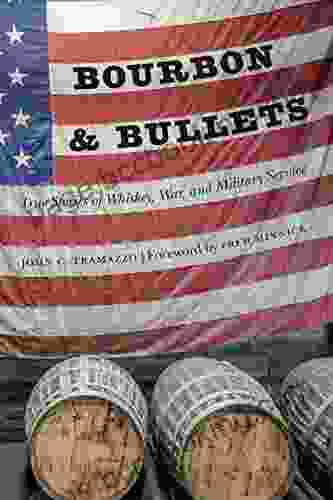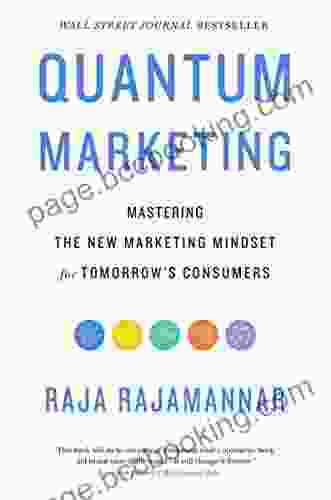William Gibson’s Bridge Trilogy is a groundbreaking work of science fiction that explores the near future of humanity and technology. Set in a world where the internet has become ubiquitous and the line between the real and the virtual has blurred, the trilogy follows the lives of a diverse cast of characters as they navigate the challenges and opportunities of this rapidly changing landscape.
The trilogy consists of three novels: All Tomorrow‘s Parties (1999),Virtual Light (2000),and Pattern Recognition (2003). Each novel follows a different protagonist as they encounter the strange and sometimes dangerous world of the near future. In All Tomorrow‘s Parties, the protagonist is a freelance journalist named Colin Lanier who is hired to investigate the theft of a rare painting. In Virtual Light, the protagonist is a software designer named Chevette Washington who is working on a new virtual reality system. In Pattern Recognition, the protagonist is a marketing consultant named Cayce Pollard who is hired to investigate a series of anonymous videos that are circulating online.
4.6 out of 5
| Language | : | English |
| File size | : | 1291 KB |
| Text-to-Speech | : | Enabled |
| Screen Reader | : | Supported |
| Enhanced typesetting | : | Enabled |
| Word Wise | : | Enabled |
| Print length | : | 354 pages |
The Bridge Trilogy is a complex and challenging work that explores a wide range of themes, including the nature of reality, the impact of technology on society, and the future of humanity. Gibson’s writing is both lyrical and thought-provoking, and he has a unique ability to capture the zeitgeist of our time. The Bridge Trilogy is a must-read for anyone who is interested in the future of humanity and technology.
All Tomorrow‘s Parties
All Tomorrow‘s Parties is the first novel in the Bridge Trilogy. It is set in a world where the internet has become ubiquitous and the line between the real and the virtual has blurred. The protagonist, Colin Lanier, is a freelance journalist who is hired to investigate the theft of a rare painting. Lanier soon learns that the painting is connected to a mysterious online game called “Meltdown.” As he investigates the game, Lanier discovers a dark and dangerous world that is hidden beneath the surface of the internet.
All Tomorrow‘s Parties is a complex and challenging novel that explores the nature of reality and the impact of technology on society. Gibson’s writing is both lyrical and thought-provoking, and he has a unique ability to capture the zeitgeist of our time. All Tomorrow‘s Parties is a must-read for anyone who is interested in the future of humanity and technology.
Virtual Light
Virtual Light is the second novel in the Bridge Trilogy. It follows the story of Chevette Washington, a software designer who is working on a new virtual reality system. Washington’s work soon attracts the attention of a mysterious organization called the “Blue Ant Group.” The Blue Ant Group is interested in using Washington’s system to create a new kind of virtual reality that is more immersive and convincing than anything that has come before. However, Washington soon learns that the Blue Ant Group has its own agenda, and she must choose between her own safety and the future of humanity.
Virtual Light is a thrilling and thought-provoking novel that explores the dangers of virtual reality. Gibson’s writing is both lyrical and suspenseful, and he creates a world that is both seductive and terrifying. Virtual Light is a must-read for anyone who is interested in the future of technology and its impact on society.
Pattern Recognition
Pattern Recognition is the third novel in the Bridge Trilogy. It follows the story of Cayce Pollard, a marketing consultant who is hired to investigate a series of anonymous videos that are circulating online. Pollard soon learns that the videos are connected to a mysterious group of hackers known as the “Pattern Recognition Group.” The Pattern Recognition Group is interested in using the videos to expose the truth about a powerful corporation that is manipulating the world behind the scenes. However, Pollard soon learns that the Pattern Recognition Group is not what it seems, and she must choose between her own safety and the future of humanity.
Pattern Recognition is a complex and challenging novel that explores the nature of power and the role of technology in our lives. Gibson’s writing is both lyrical and suspenseful, and he creates a world that is both seductive and terrifying. Pattern Recognition is a must-read for anyone who is interested in the future of humanity and technology.
The Bridge Trilogy is a groundbreaking work of science fiction that explores the near future of humanity and technology. Set in a world where the internet has become ubiquitous and the line between the real and the virtual has blurred, the trilogy follows the lives of a diverse cast of characters as they navigate the challenges and opportunities of this rapidly changing landscape. Gibson’s writing is both lyrical and thought-provoking, and he has a unique ability to capture the zeitgeist of our time. The Bridge Trilogy is a must-read for anyone who is interested in the future of humanity and technology.



